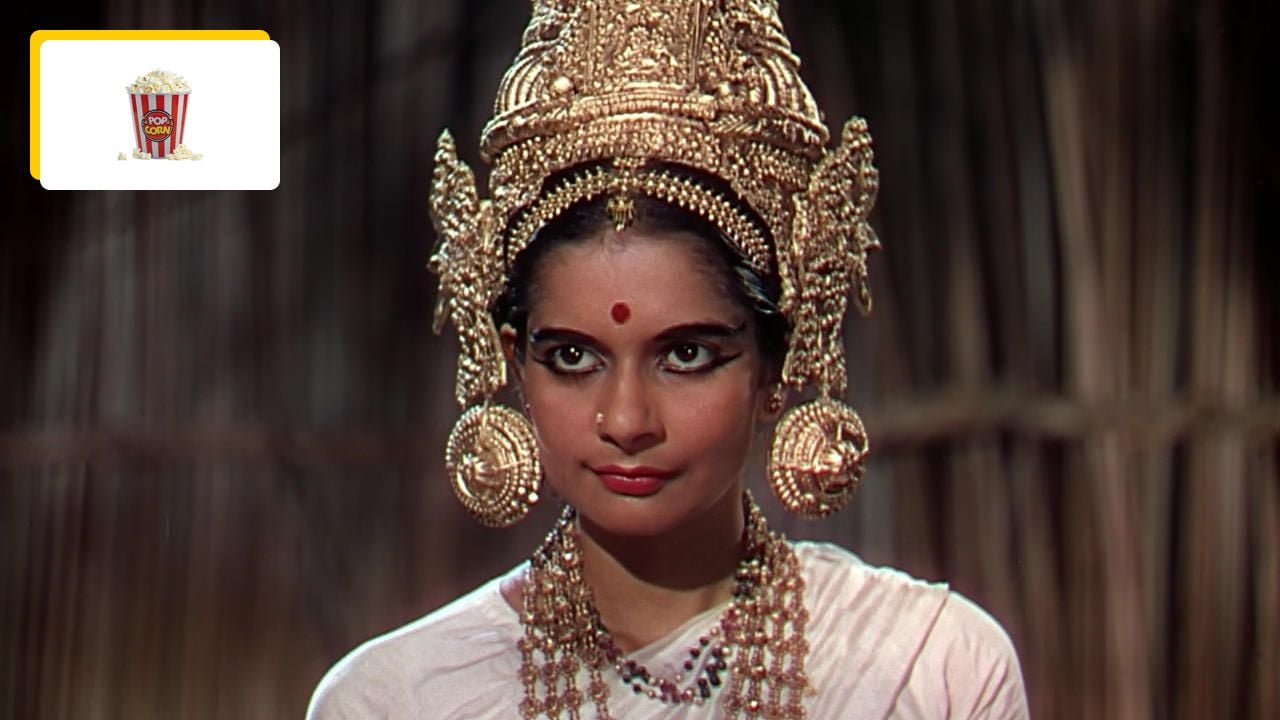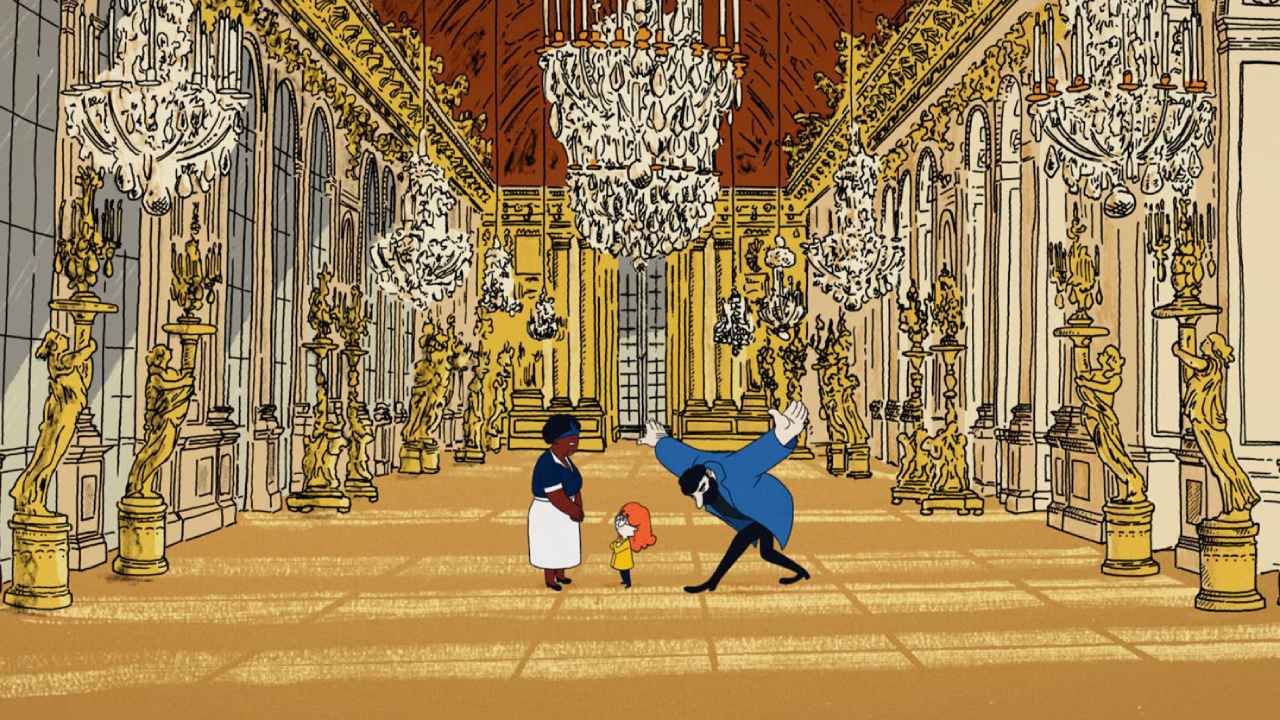If there’s one filmmaker who embodies the ultimate cinephilia better than anyone else, it’s Martin Scorsese. His knowledge of cinema and its authors is dizzying. A veritable living encyclopedia of film history, Marty is also a passionate defender of the world’s cinematic heritage, through his Cinema FoundationCreated in 1990 and its World Cinema Project program, which aims to restore certain films in light of the special place they occupy in world heritage.
Since then, he has helped restore more than 1,000 films. And there are 65 films from 31 different countries that were directly supervised by the World Film Project program.
Among them, an absolute marvel restored in 2004 that was especially close to the filmmaker’s heart: Le Fleuve, by Jean Renoir. story? It takes place in the Calcutta region of Bengal. A family of British immigrants living on the banks of the holy river Ganges, where the father runs a jute mill.
His eldest daughter, Harriet, a young romantic teenager, spends her free time with Valeria, the only daughter of a wealthy landowner. Both are friends with their neighbor Melanie, who was born to an English father and an Indian mother. One autumn day, Captain John arrives. It doesn’t take long for three young girls to fall in love with this stranger…
“This topic is not interesting!”
Renoir then adapted an autobiographical novel by British writer Rumer Godden, for which he found a rave review in the New Yorker. “I’m proud of my discovery, I prepared a brief and went to see different producers and studios” Renoir reported the presentation of his film in a promotional video at the time.
“Everybody said to me, ‘You’re crazy. This topic is not interesting. In India, a film must have the necessary elements: you need tigers, Bengal spearmen and elephants. There is no spearman, no tiger, no elephant in the river, so it’s not an Indian film that we don’t care about.
Financial salvation will come from a man named Kenneth McEldown, a florist from Beverly Hills (yes yes!) and a former Indian wartime pilot, who bought the rights to adapt the novel on the advice of Indian Prime Minister Nehru’s sister. , who had a neighbor on the plane. Kenneth McEldowne’s path finally crossed that of Renoir in November 1948. McEldowney wanted to get into film, but didn’t know how; Renoir, for his part, wanted to adapt the novel. These two were made to meet each other.
“This is one of the most beautiful color films ever made.”
A special place in Scorsese’s heart, as we said above, and for good reason: The River is one of those films that he discovered very young, around 9 years old, thanks to his father who took him to the cinema for a change. Normal life as a sick and asthmatic child.
“I don’t know how a textile worker got the idea to go to the cinema to see ‘The River.’ red slippersThese are some of the most beautiful color films ever made. It was the first color film shot in India and Renoir’s first Technicolor film. We feel the imprint of the impressionist painter’s son, especially in the landscapes.
If the farm charmed you at first, the real strength of the film is the humanity of this culture. As the film unfolds, the story takes you into the heart of adolescence, where life is both wonderful and terrifying for these young people, 12, 13 or 14 years old. This is a wonderful stage, but loaded with tough, difficult tests. “

“A film about the ephemeral beauty of the world”
The River also comes at a very specific time for Scorsese. It was the post-war period, when the world was devastated and now needed a dream. “The post-war years were special for cinema all over the world, millions of people were killed, entire cities were destroyed, faith in humanity was severely shaken.
Then the greatest directors began to create meditations on existence, on the miracle of life. Jean Renoir used Rumer Godin’s autobiography to create a film that truly evokes what life is all about; A film without any real plot that deals with the rhythm of existence; the cycle of birth, death and rebirth and the fleeting beauty of the universe”.
Ironically, Rumer Godden hated the adaptation of Black Narcissus, his first novel by the duo Michael Powell and Emeric Pressburger, which nevertheless became a classic. A feeling completely opposite to the feeling of the river, which he valued so much.
Want to discover this wonder? The film is available on DVD/Blu-ray as well as VOD.
Source: Allocine
Rose James is a Gossipify movie and series reviewer known for her in-depth analysis and unique perspective on the latest releases. With a background in film studies, she provides engaging and informative reviews, and keeps readers up to date with industry trends and emerging talents.







